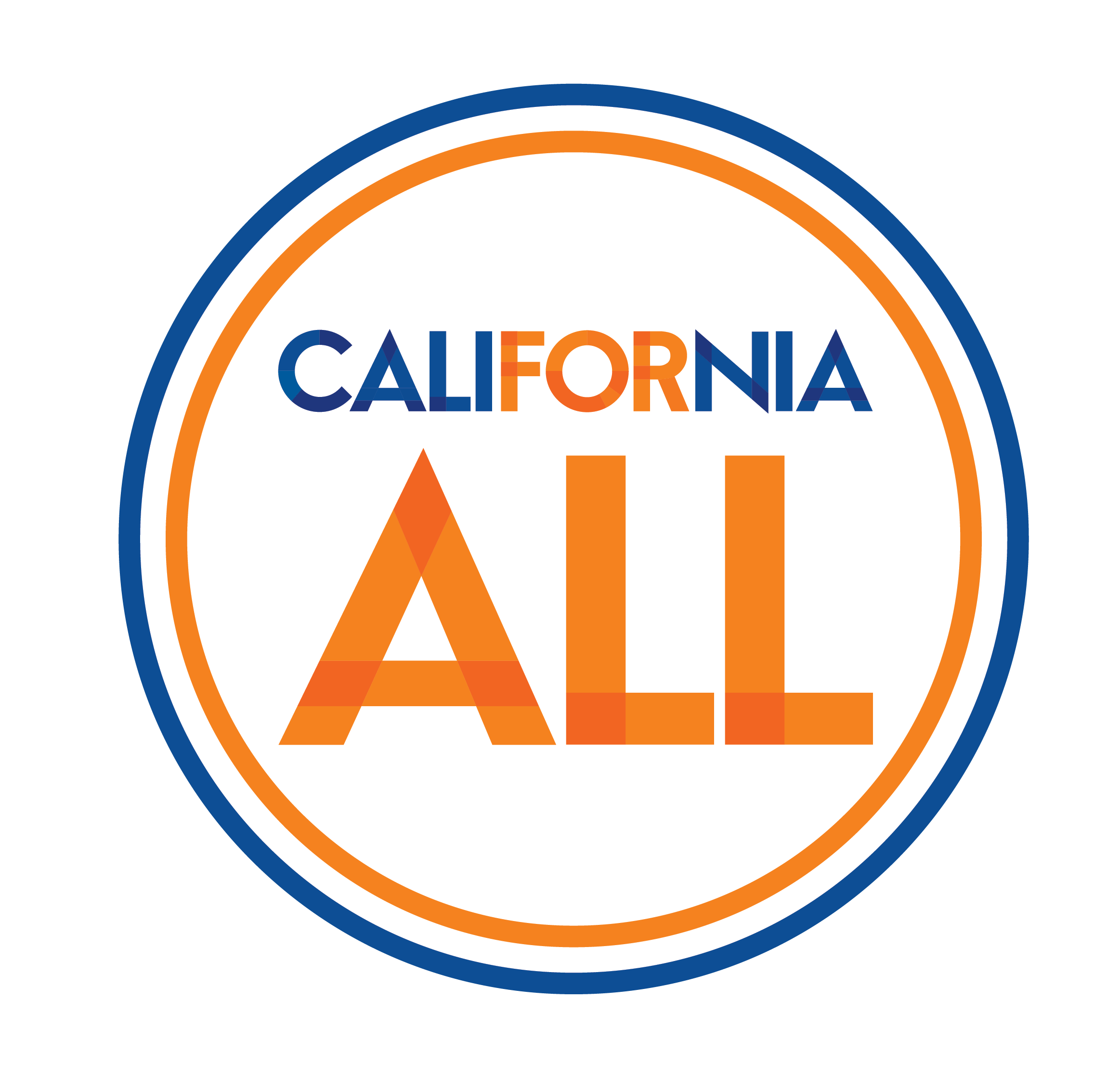Why am I being warned about potential exposure to PFOS?
- PFOS is on the Proposition 65 list because it can cause birth defects or other reproductive harm. Exposure to PFOS during pregnancy may affect the development of the child.
- PFOS is also on the Proposition 65 list because it can cause cancer. Exposure to this chemical may increase the risk of cancer.
- Proposition 65 requires businesses to determine if they must provide a warning about significant exposure to listed chemicals.
What is PFOS?
- PFOS is a synthetic chemical used to make products resistant to stains, grease, soil, and water.
- PFOS is part of a class of chemicals called per- and polyfluoroalkyl substances (PFASs).
- Certain chemicals known as “PFOS salts and transformation and degradation precursors” can break down in the environment into PFOS. These chemicals are also on the Proposition 65 list.
When and how has PFOS been used?
- Starting in the 1940s, PFOS was used in many consumer and industrial products, including carpets, rugs, upholstered furniture, non-stick cookware, and leather products. PFOS has also been present in some firefighting foams used at airports, firefighter training facilities, and military airfields.
- The principal US manufacturer of PFOS phased out its production of the chemical in the early 2000s.
- PFOS may still be present in some imported products.
Where can PFOS be found and how does exposure occur?
- PFOS is widespread and persistent in the environment. Most people in California have detectable levels of PFOS in their blood.
- PFOS has been found in some drinking water supplies in California. PFOS can enter groundwater from multiple sources, including sewage treatment plants, industrial sites, landfills, and places where it is used in firefighting foam such as airports, firefighter training sites, and military installations.
- Fish and shellfish can take up PFOS from water contaminated with the chemical.
- PFOS can be released into the air and into food from some older non-stick cookware and some new imported non-stick cookware.
- Some older consumer products, including leather products, textiles, upholstered furniture, carpets, and rugs can release PFOS into the air. PFOS then settles on floors and other surfaces, accumulating in dust.
- Some new imported consumer products, including leather products and stain- or water-resistant textiles, can contain PFOS and result in exposure to the chemical.
Some ways you can be exposed to PFOS:
Image
- During pregnancy, PFOS can pass from mother to baby.
- Infants and young children can be exposed to higher levels of PFOS than adults. This is because they often crawl and play on the floor and on carpets, get dust on their hands, and then put their fingers, toys, and other objects in their mouths. Young children may also consume proportionally more PFOS in food, given their smaller body size.
How can I reduce my exposure to PFOS?
- Consider choosing non-stick cookware identified as PFOS- or PFAS-free.
- If you use non-stick cookware that may contain PFASs, it is best to use low or medium heat. Avoid overheating these items.
- Minimize your exposure to dust, which may contain PFOS:
- Wash your hands and your child’s hands frequently, especially before preparing food and before eating.
- Clean your floors regularly. If possible, use a wet mop or a vacuum cleaner with a high-efficiency particulate air (HEPA) filter.
- Dust regularly, using a damp cloth.
- Contact your water supplier if you have questions or concerns about the possible presence of PFOS in your drinking water. Look for updates on California’s efforts to monitor and report levels of PFOS in drinking water supplies.
For more information:
General Fact Sheets and Resources
- US Environmental Protection Agency (US EPA)
- California Environmental Protection Agency (CalEPA)
California State Water Resources Control Board (SWRCB) - Office of Environmental Health Hazard Assessment (OEHHA)
Scientific Information on PFOS
- US Environmental Protection Agency (US EPA)
- California Environmental Protection Agency (CalEPA)
Office of Environmental Health Hazard Assessment (OEHHA) - California State Water Resources Control Board (SWRCB)
- Biomonitoring California
Proposition 65
- California Environmental Protection Agency (CalEPA)
Office of Environmental Health Hazard Assessment (OEHHA)- Proposition 65: Background
- Proposition 65: The List of Chemicals
- Proposition 65: Fact Sheets
Related Chemical(s)
References
Chemical



